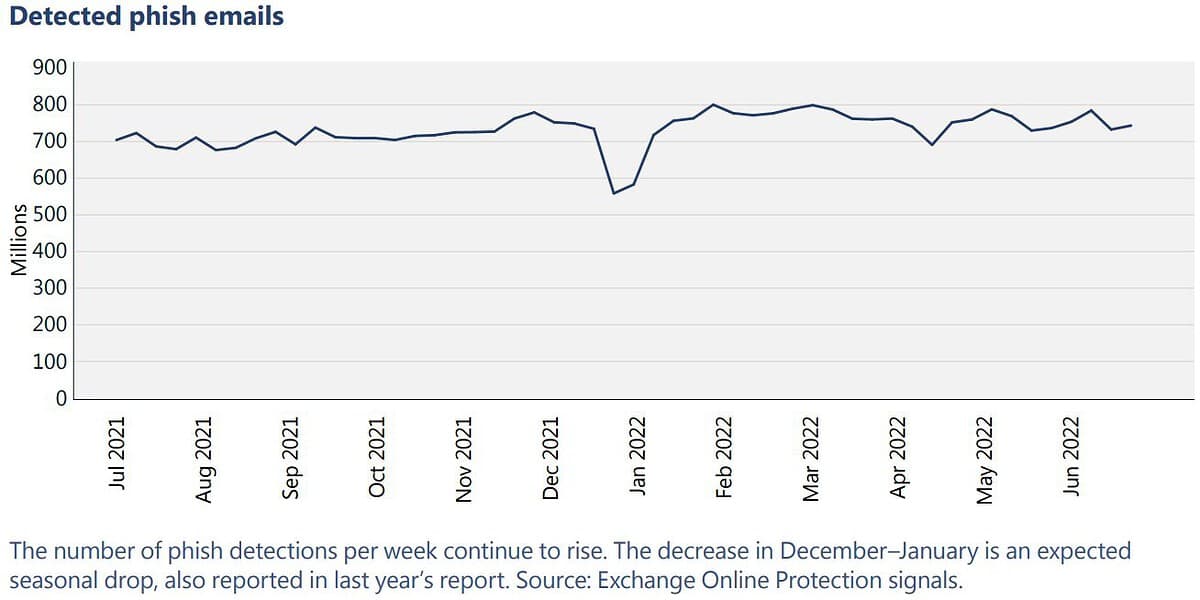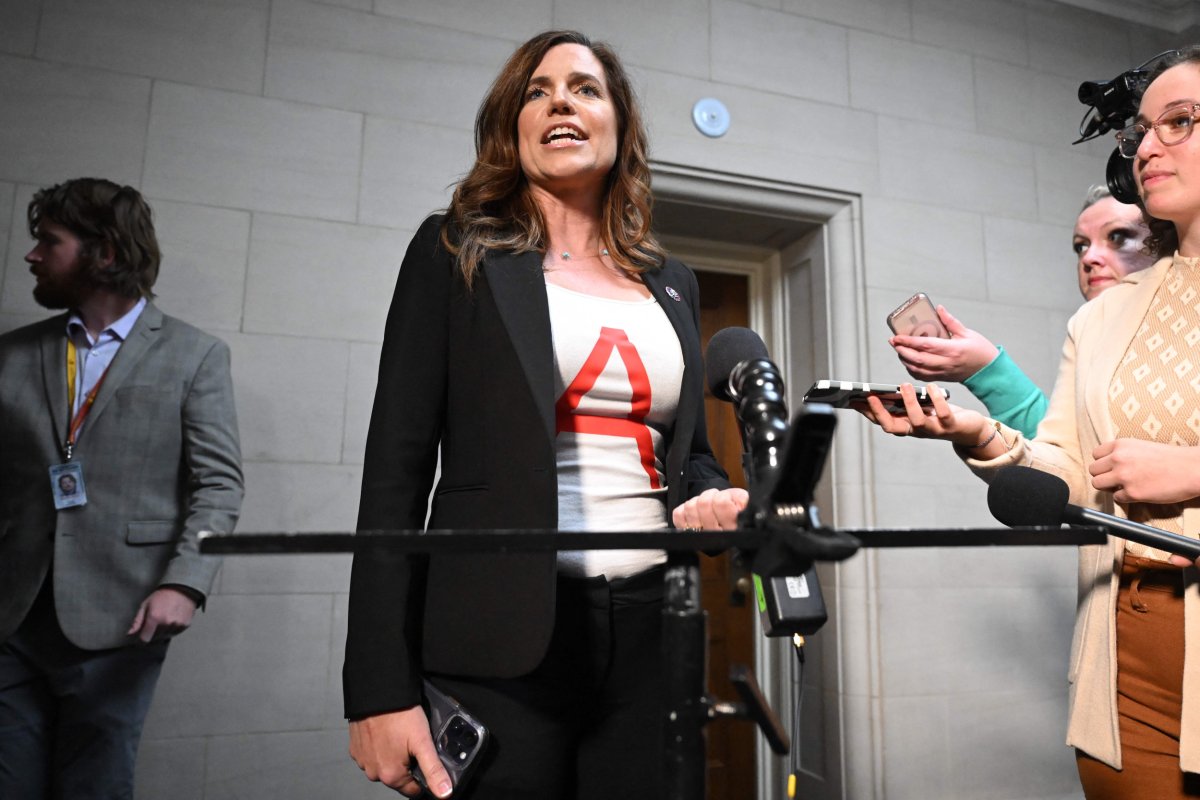Trump's Immigration Policies: A Legal Analysis

Table of Contents
The Travel Ban: Executive Order 13769 and its Legal Challenges
Executive Order 13769, often referred to as the "Muslim Ban," restricted entry into the United States from several Muslim-majority countries. This executive order immediately faced intense legal scrutiny, raising fundamental questions about religious discrimination and the balance between national security concerns and constitutional rights. The Supreme Court case, Trump v. Hawaii, ultimately upheld a revised version of the ban, but not without significant debate and dissent.
- Key provisions of the executive order: The order initially banned citizens from seven predominantly Muslim countries, later reduced to six, and temporarily suspended the entry of all refugees.
- Major legal arguments for and against the ban: Proponents argued the ban was necessary for national security, citing terrorism concerns. Opponents argued it violated the Establishment Clause of the First Amendment, prohibiting government endorsement of religion, and discriminated against individuals based on their nationality and religion.
- Outcome of Supreme Court review: The Supreme Court, in a 5-4 decision, held that the government had a legitimate interest in national security and that the ban, in its revised form, was not facially discriminatory.
- Impact on affected individuals and communities: The ban had a profound impact on families separated by travel restrictions, and raised concerns about the fairness and equity of US immigration policies. Many individuals faced significant delays and difficulties in obtaining visas.
Changes to Asylum Procedures and the Remain in Mexico Policy (MPP)
The Trump administration implemented significant changes to the asylum process, aiming to deter asylum seekers and reduce the backlog of cases. A central element of this strategy was the "Remain in Mexico" policy (MPP), formally known as the Migrant Protection Protocols. Under MPP, asylum seekers were forced to wait in Mexico for their US immigration court hearings.
- Specific changes to asylum application procedures: The administration implemented stricter criteria for asylum eligibility, increased expedited removal proceedings, and limited access to legal representation for asylum seekers.
- Details of the MPP program, including its geographic scope: MPP applied to asylum seekers arriving at the US-Mexico border in certain designated areas. Applicants were returned to Mexico while their cases were pending.
- Legal arguments against MPP's legality and humanitarian concerns: Opponents argued MPP violated international law’s prohibition of refoulement (returning asylum seekers to places where they face danger), raised due process concerns, and created unsafe conditions for asylum seekers in Mexico.
- The eventual termination of MPP and its legacy: Although the Biden administration terminated MPP, its legacy remains significant, highlighting the intense debate surrounding asylum procedures and border management.
Increased Border Security Measures and the Construction of the Wall
A cornerstone of the Trump administration's immigration platform was increased border security, manifested most prominently in the proposed construction of a wall along the US-Mexico border. This initiative sparked substantial legal challenges concerning land acquisition, environmental regulations, and the use of eminent domain. The administration's "zero tolerance" policy also led to the highly criticized separation of families at the border.
- Types of border security measures implemented: In addition to the wall, the administration increased border patrol agents, deployed technology such as surveillance drones, and strengthened enforcement measures.
- Legal challenges to wall construction (eminent domain, environmental impact): Landowners challenged the government's use of eminent domain to acquire land for wall construction, and environmental groups raised concerns about the wall's environmental impact.
- Court cases related to family separation: Numerous lawsuits challenged the legality and morality of separating families at the border, citing violations of due process and human rights.
- The human rights implications of increased border security: Critics argued that increased border security measures led to inhumane conditions and human rights abuses against migrants and asylum seekers.
DACA and the Ongoing Legal Battles
The Deferred Action for Childhood Arrivals (DACA) program, established during the Obama administration, protected individuals brought to the US illegally as children from deportation. The Trump administration attempted to rescind DACA, triggering a protracted legal battle that reached the Supreme Court.
- Key aspects of the DACA program: DACA provided temporary protection from deportation and work authorization to eligible individuals.
- Arguments for and against the rescission of DACA: Proponents of rescission argued that DACA was an overreach of executive power, while opponents emphasized the human cost of ending the program for hundreds of thousands of individuals.
- Supreme Court rulings and their implications: The Supreme Court ruled against the administration's attempt to end DACA, leaving the program's future uncertain.
- The current status of DACA and its future: DACA remains in effect, but its long-term viability remains a subject of ongoing political and legal debate.
Conclusion: Assessing the Legal Legacy of Trump's Immigration Policies
Trump's immigration policies generated numerous legal challenges, many of which reached the Supreme Court. While some policies, like the revised travel ban, were upheld, others, including aspects of MPP and the administration’s attempts to end DACA, faced legal setbacks. The long-term implications of these policies on US immigration law and the treatment of migrants and asylum seekers remain a significant area of discussion and concern. The ongoing debates surrounding immigration reform highlight the need for a comprehensive and humane approach. Further research into Trump's immigration legacy, a thorough analysis of immigration policies, and consideration of the impact of Trump's immigration policies are vital for informed discussions regarding the future of US immigration. Engage in informed discussions about the legal and ethical implications of immigration reform – understand Trump immigration policies and their lasting impact.

Featured Posts
-
 La Rental Market Exploits Price Gouging Following Recent Fires
Apr 24, 2025
La Rental Market Exploits Price Gouging Following Recent Fires
Apr 24, 2025 -
 Miami Heats Herro Claims Nba 3 Point Contest Title
Apr 24, 2025
Miami Heats Herro Claims Nba 3 Point Contest Title
Apr 24, 2025 -
 High Profile Office365 Intrusion Leads To Multi Million Dollar Theft
Apr 24, 2025
High Profile Office365 Intrusion Leads To Multi Million Dollar Theft
Apr 24, 2025 -
 24 Year Old Ella Bleu Travolta John Travoltas Daughter Makes A Statement With New Look In Fashion Spread
Apr 24, 2025
24 Year Old Ella Bleu Travolta John Travoltas Daughter Makes A Statement With New Look In Fashion Spread
Apr 24, 2025 -
 South Carolina Voter Confronts Rep Nancy Mace A Heated Exchange
Apr 24, 2025
South Carolina Voter Confronts Rep Nancy Mace A Heated Exchange
Apr 24, 2025
